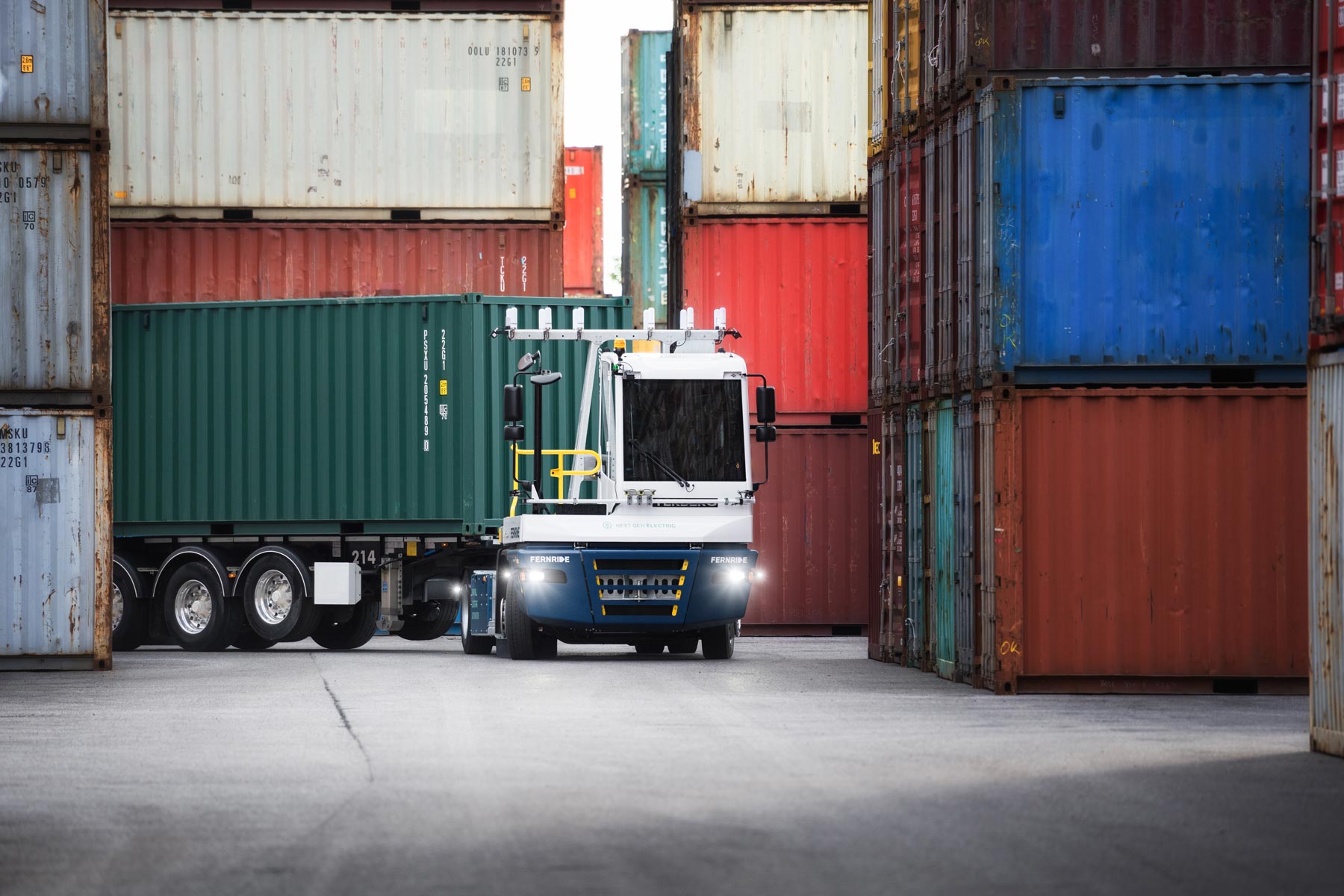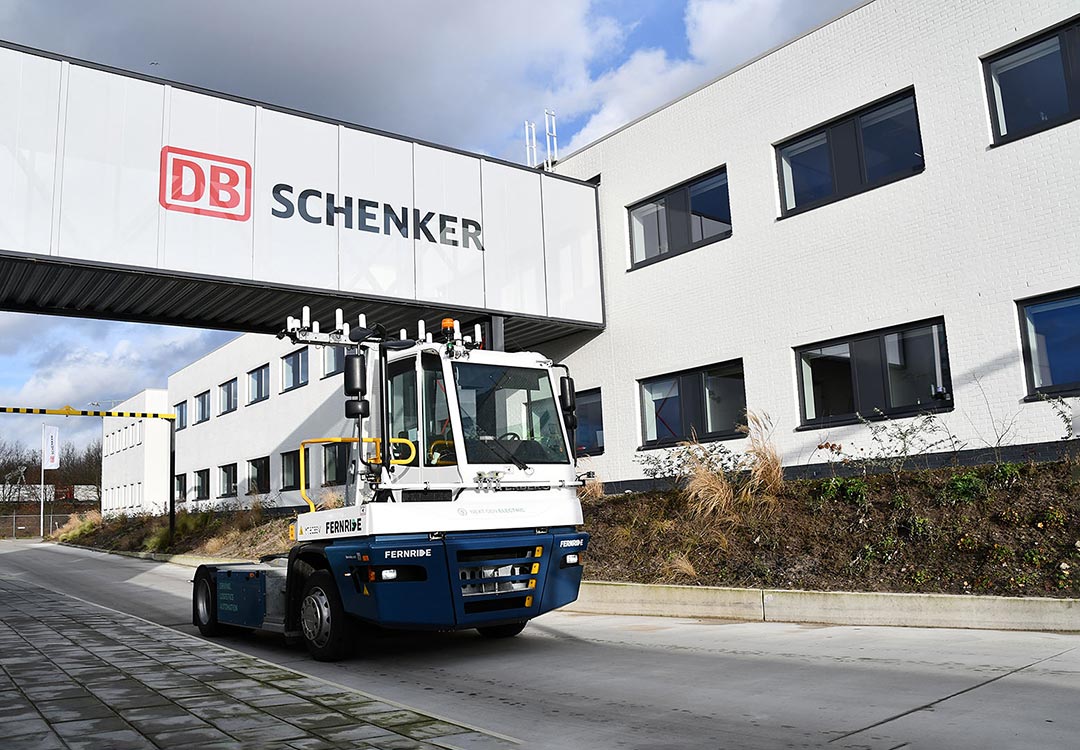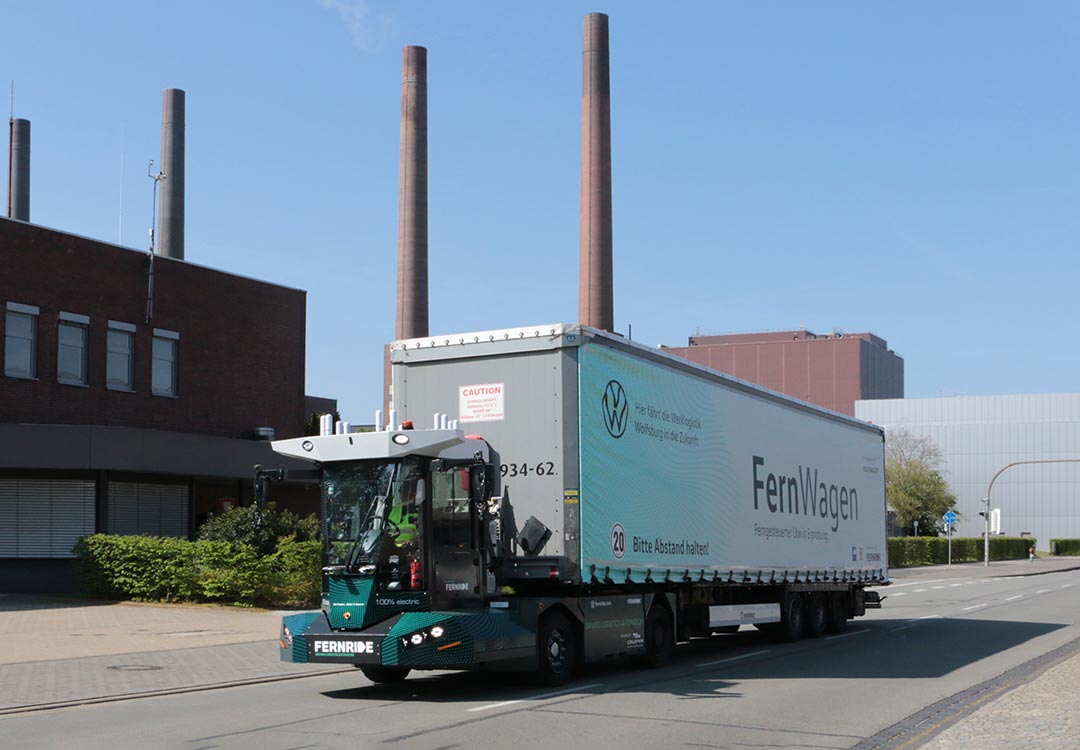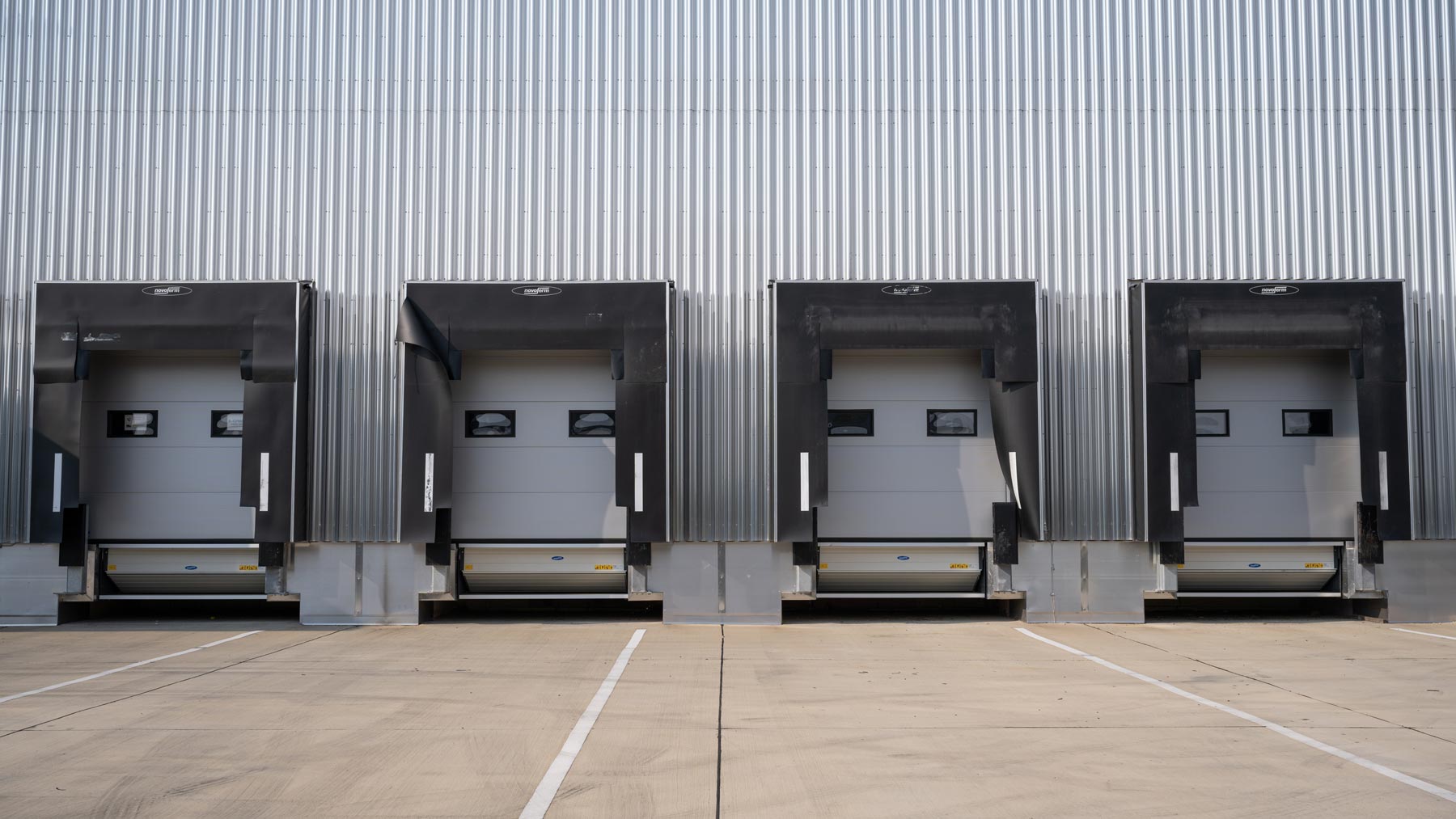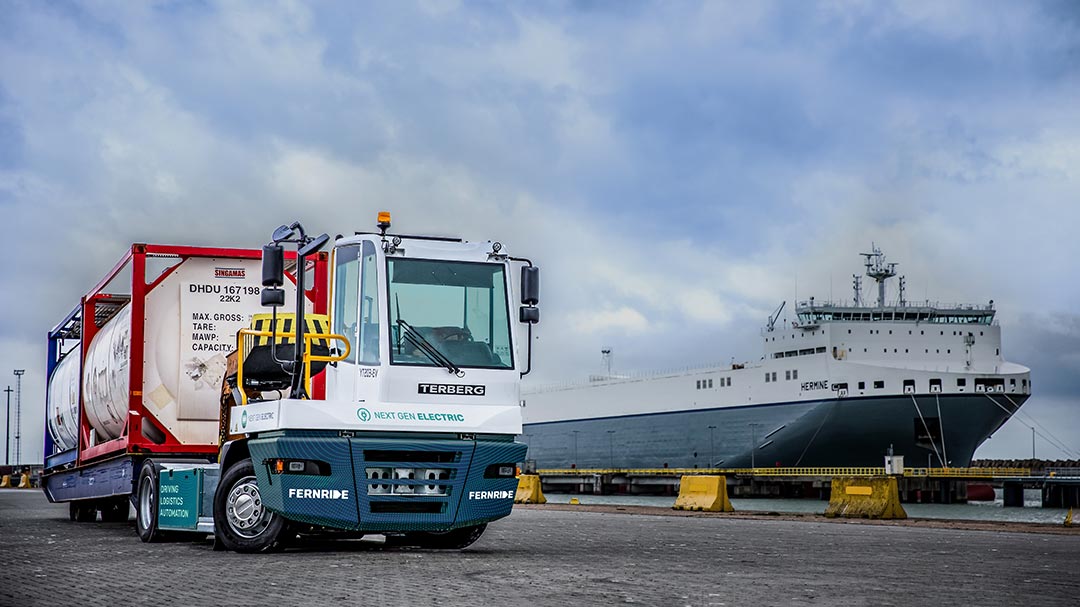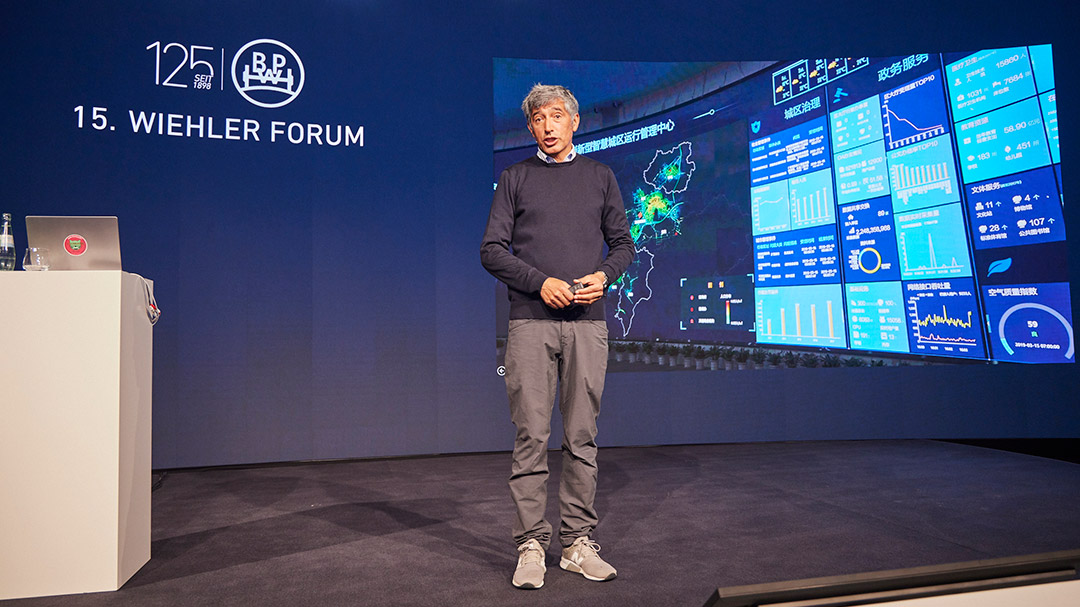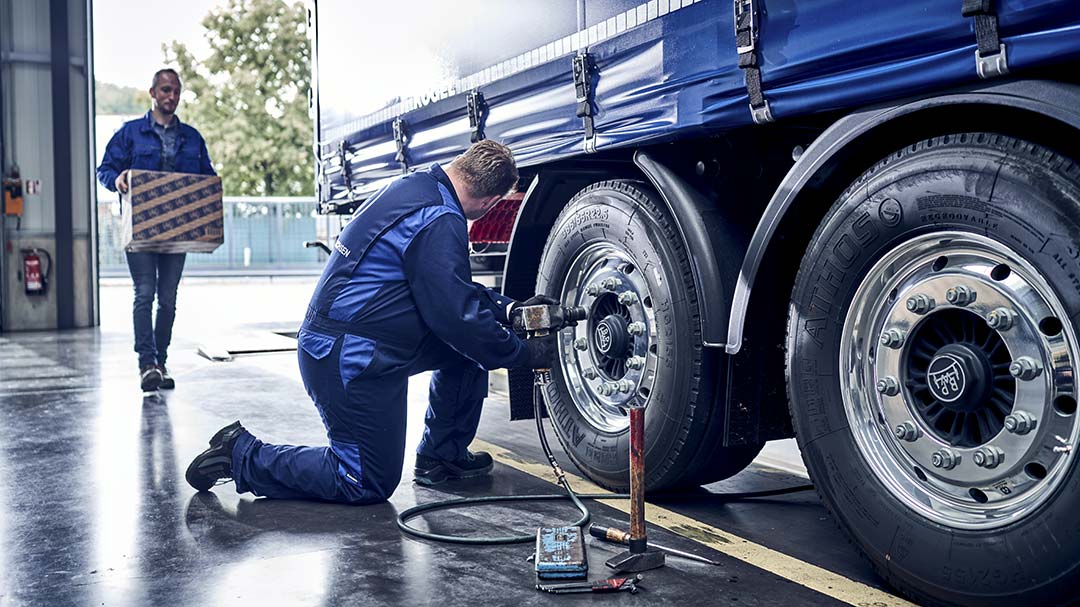Text: Juliane Gringer
Photos: BPW
Autonomous driving is considered a recipe for success against driver shortages, for climate protection and efficiency. At the Wiehl Forum of BPW Bergische Achsen KG, Hendrik Kramer from Fernride presented how his company plans to bring autonomous electric trucks onto the road in the near future.

PERSONAL DETAILS
Hendrik Kramer, aged 28, is the founder and CEO of Fernride. He has a Bachelor’s degree in Engineering from the University of Bremen and a Master’s degree in Management and Technology from the Technical University of Munich. With his start-up, he wants electric trucks to drive autonomously. Fernride has a total of around 130 employees at its sites in Munich and Wolfsburg. The company has already raised 60 million dollars from investors with its concept.
